My great grandfather, Benjamin Jefferson Teal was born in Wadesboro, Anson County, North Carolina on 18 October 1846. He was the fourth child and fourth son of Judith Marshall Porter and William Teal. The family of six moved to Georgia sometime between his birth and the birth of the fifth child Ann Elizabeth Teal on 3 July 1849. Ann Elizabeth was born in Georgia. Why they moved to Georgia is not known.
The 1850 census shows that they lived in Campbell County, Georgia. Sometime between 1850 and May 1864 the family moved to Cobb County, Georgia. The three older sons Lovette, Thomas, and William Furman enlisted in the Confederate Army from Campbell County. Lovette and Thomas enlisted in 1861 and William Furman in 1862. Lovette married Ann Childs in October 1859 and were found in the 1860 census living in Campbell County. The 1860 census shows Thomas and William Furman living with their parents in Cobb County. Benjamin Jefferson didn’t enlist for service and stayed with the family.
The third born son, William Furman, died in Chattanooga, Hamilton County, Tennessee around 1862. He died from the mumps and it’s been told in the family that he never saw combat. On the death of his son William Teal took his wagon to Chattanooga to pick up his son’s body. He brought him back and buried him near Lithia Springs, Cobb County, Georgia. So the family was probably in Cobb County in 1862.
Because of the War Between the States (I call it this because there wasn’t anything civil about it.) the family moved from Cobb County back to Campbell County near Fairburn. They thought they’d be safer there and away from the fighting.
According to Furman Teal, Ben’s son, his father was driving the wagon from Cobb County with a load of furniture and belongings. He was taking them to their home in Campbell County. While driving the wagon a man stopped him and told him he needed to turn back, because soldiers were fighting in the area and it wasn’t safe. Ben decided to continue on. While he was driving he heard a battle going on, but he never saw it and he was never stopped on the road by soldiers. Later he found out that the battle he heard was the Battle of New Hope Church (Dallas, Paulding County, Georgia). This battle was part of the Atlanta Campaign and happened on 25-26 May 1864. The Yankees lost this battle. The Confederates lost 350 men and the Yankees lost 1665. A total of 2015 Americans lives were gone in two days in just one battle.
In the 1870 census Ben Teal was still living with his parents, but now they are in Carroll County, Georgia. Under occupation he is listed as working on the farm. At some point after this census was taken Ben moved to the community of Cool Springs in Douglas County, Georgia. We know from the writings of his sons Olin Alison and Furman Teal, that their father was a master carpenter and a blacksmith. So he probably was living in Douglas County earning his living as a carpenter. While in Cool Springs he lived in a boarding house. This is where he met a school teacher from Coweta County, Georgia. Her name was Susan Emily Moseley and she was also a lodger at the boarding house. Susan and Ben married in 1871 and eventually moved to a 400 acre farm in Carroll County near the community of Sand Hill. They had seven children in fourteen years. They were: William Moseley, Olin Alison, Edna Earle, Charles Benjamin, Florence Bernice, Furman, and Jessie Emily. The first five children were born in a log cabin and the last two in a nearby frame house. Both homes were built by Ben Teal.
He supervised and helped with the construction of a school in Sand Hill, and the construction of Macedonia Baptist Church when they went from a log cabin to a frame building.
They moved six miles north to the town of Villa Rica, Carroll County, Georgia around 1904 where he opened a mercantile store. They lived for about a year on Beecher’s Hill while their house was being built. In 1905 they moved into their home on Peachtree Street and remained there till they died.
Susan Emily Mosely died at their home on Peachtree Street in 1917. Ben remarried around 1922 and he died at the Peachtree Street house in 1925. Both are buried at Hillcrest Cemetery in Villa Rica, Carroll County, Georgia.
The frame house is still standing and being lived in. It’s located on South Highway 61. The house on Peachtree Street has only had three owners – Ben Teal, Frank and Molly Cleghorn, and the present owner Verrill Ray.
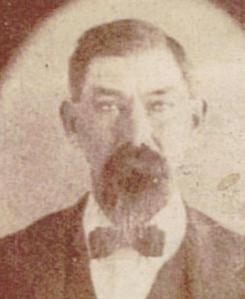

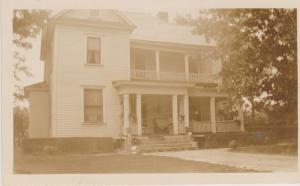


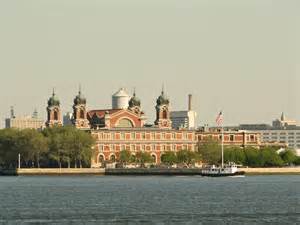






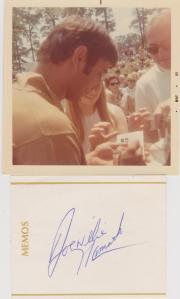
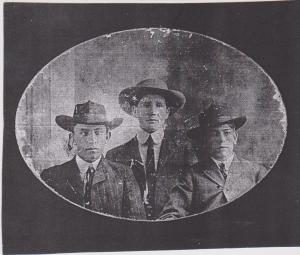

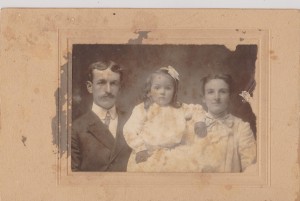
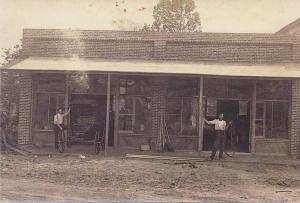
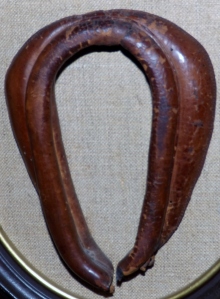
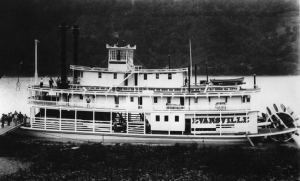

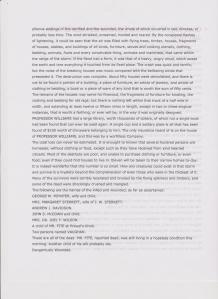



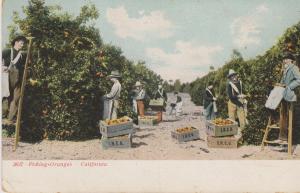
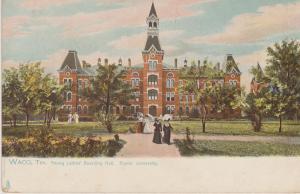

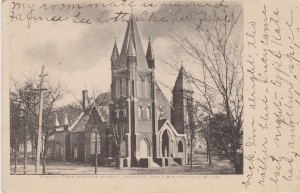

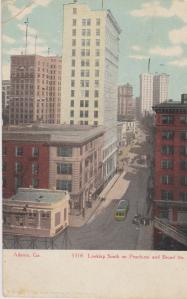
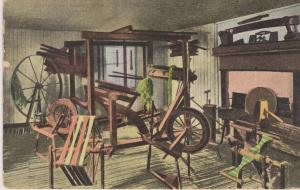
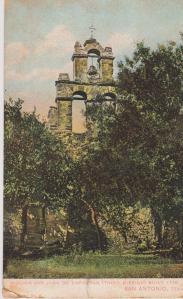

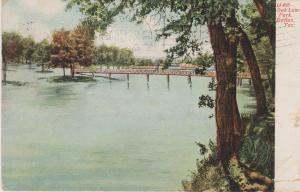
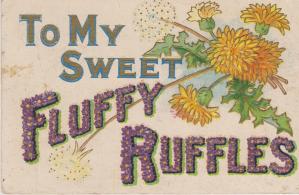


Recent Comments